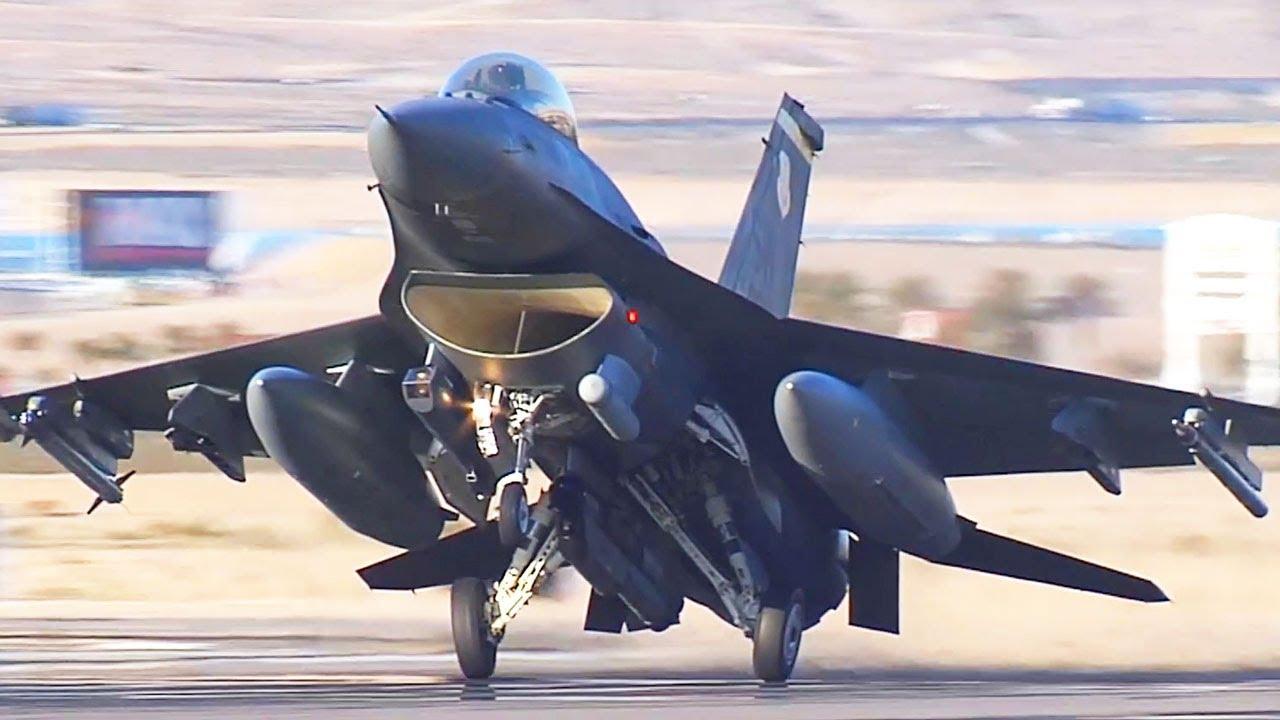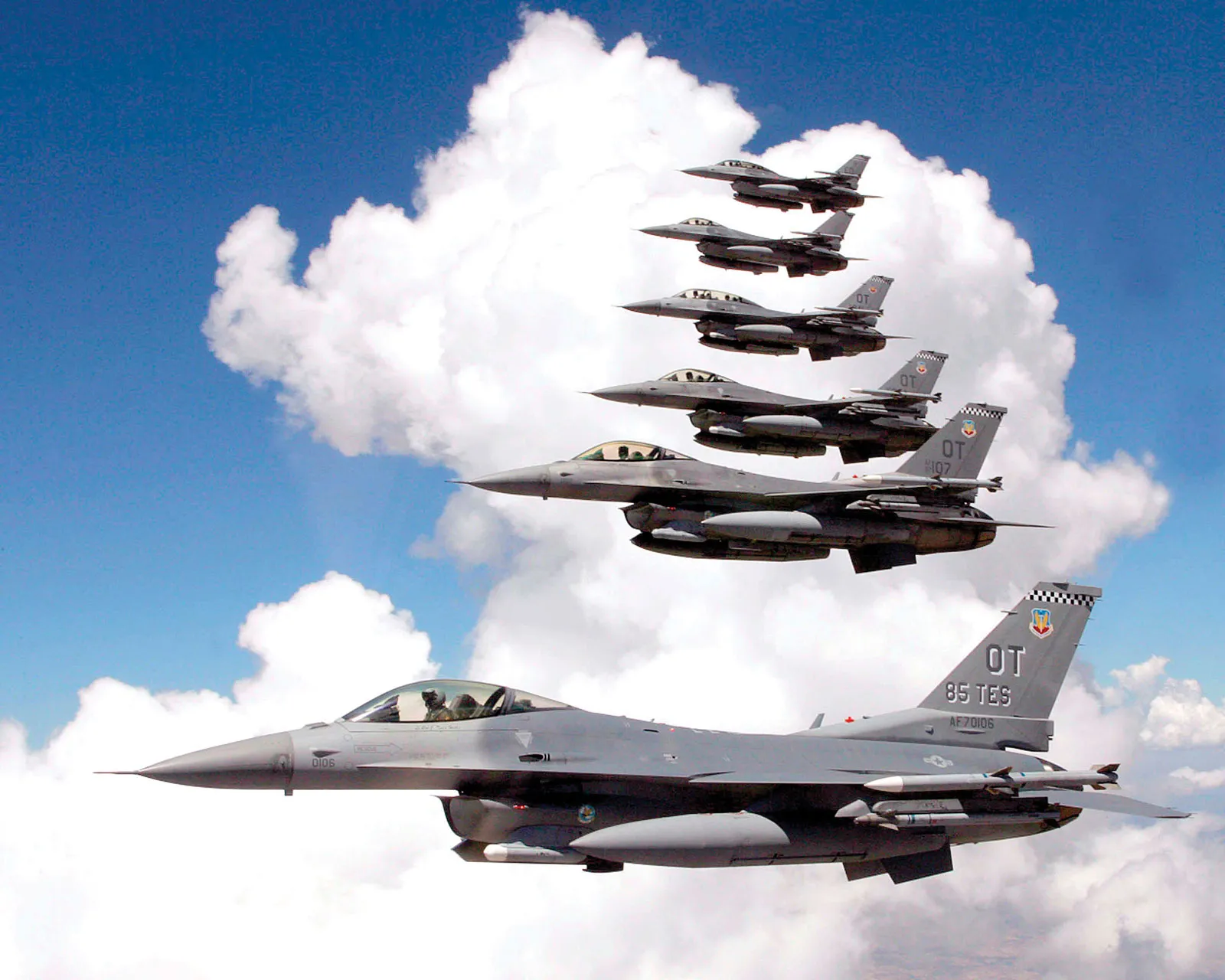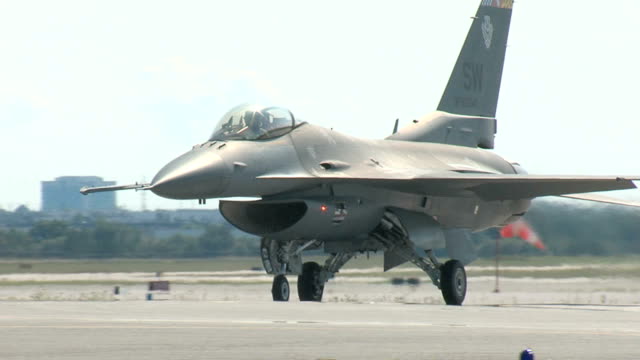United States Air Force F-16: The Maiden Flight of the Falcon

In the annals of aviation history, certain aircraft stand out as icons of innovation and capability. Among them, the United States Air Force F-16 holds a distinguished position. As the first jet to take flight under the Falcon moniker, its inaugural journey marked the dawn of a new era in aerial superiority.

Designed by a team led by General Dynamics (now Lockheed Martin), the F-16 Fighting Falcon, also known simply as the Viper, emerged as a result of a rigorous development process aimed at creating a lightweight, multi-role fighter aircraft. Its maiden flight, which took place on January 20, 1974, heralded the arrival of a groundbreaking aircraft that would redefine modern air combat.

The significance of the F-16’s first flight cannot be overstated. Powered by a Pratt & Whitney F100-PW-200 engine, this nimble and versatile fighter jet showcased unmatched agility and maneuverability right from the start. Its sleek design, advanced avionics, and formidable armament systems positioned it as a formidable adversary in both air-to-air and air-to-ground missions.

Since its debut, the F-16 has undergone numerous upgrades and variants, each iteration building upon the success of its predecessors. From the early F-16A/B models to the more advanced F-16C/D variants and beyond, the Falcon has continually evolved to meet the ever-changing demands of modern warfare.
As the first jet to bear the Falcon name, the F-16 has not only lived up to its legacy but has surpassed it, becoming one of the most prolific and respected fighter aircraft in history. Its combat-proven performance, coupled with its adaptability and reliability, has solidified its place as a cornerstone of airpower for the United States Air Force and air forces around the world.

In conclusion, the first flight of the United States Air Force F-16 marked a seminal moment in aviation history. As the Falcon soared into the skies for the first time, it set the stage for decades of aerial dominance and technological innovation, ensuring its place as an enduring symbol of American air superiority.